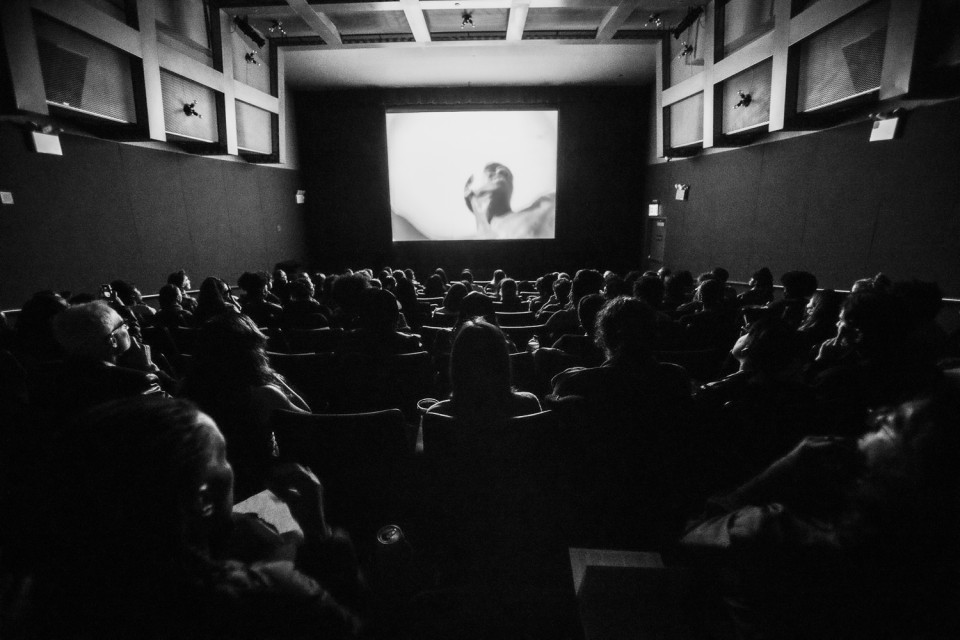From the late nineteenth century hand-tinted films of Annabelle Whitford, all the way to Rosie Perez in the opening dance montage of 1989’s Do the Right Thing, filmmakers have been preoccupied not only with each form’s ability to tell a story through movement and perspective, but also with the power and magic evoked when the two are intertwined.
In Coeval Dance Films, a 53-minute tour of Black experimental dance from the ‘60s to late ‘80s, this intimacy between movement and film–the power of it, the magic of it—takes center stage. A collection of five dance shorts, the films were presented last month as part of Eldorado Ballroom, Solange Knowles’s and Saint Heron’s curated series at the Brooklyn Academy of Music, which continues through September. Other offerings in the program include music performances by Kelela, Res, KeiyaA and The Clark Sisters; installations by artists including Autumn Knight and Maren Hassinger; a reading by playwright Claudia Rankine; and a screening by the Marxist film-club Unseen Nuyorican Pictures. Coeval Dance Films, as part of this larger series, contributes to Saint Heron’s overarching mission to celebrate, remember, preserve and perpetuate the revolutionary Black artistry that came before. When viewed collectively, they offer a sense of yearning, a desire to move.


